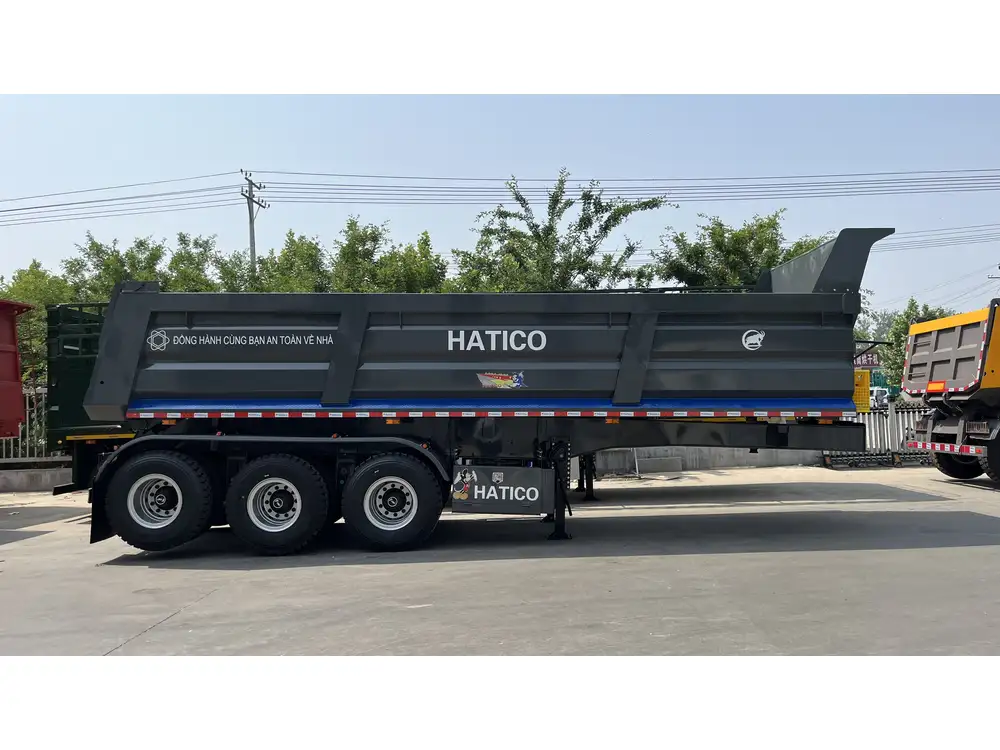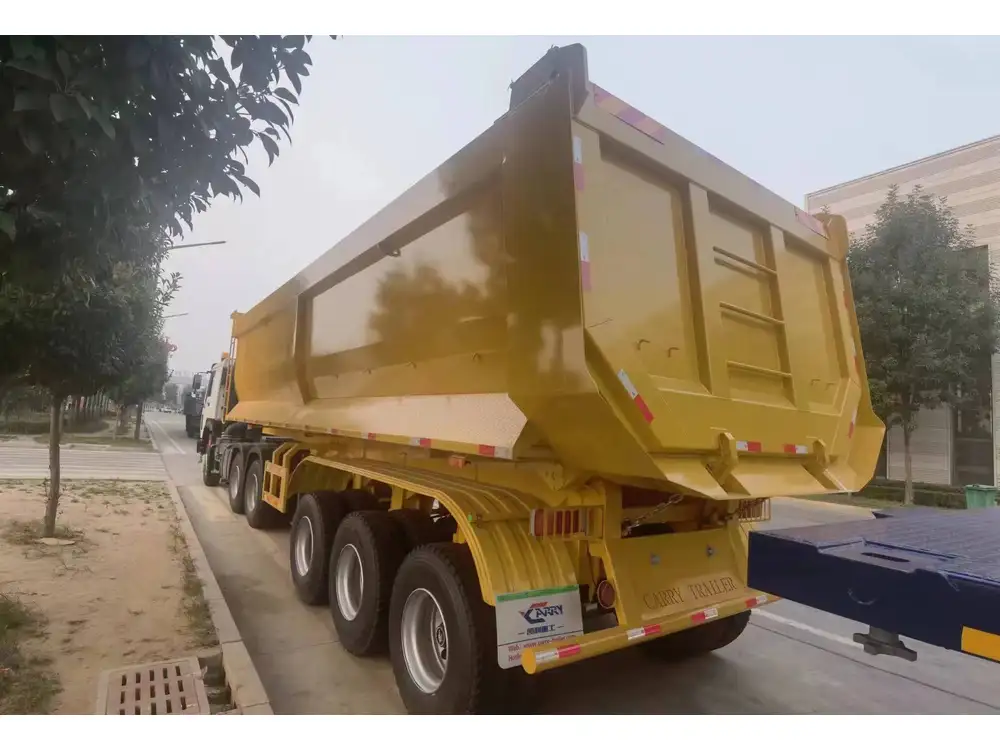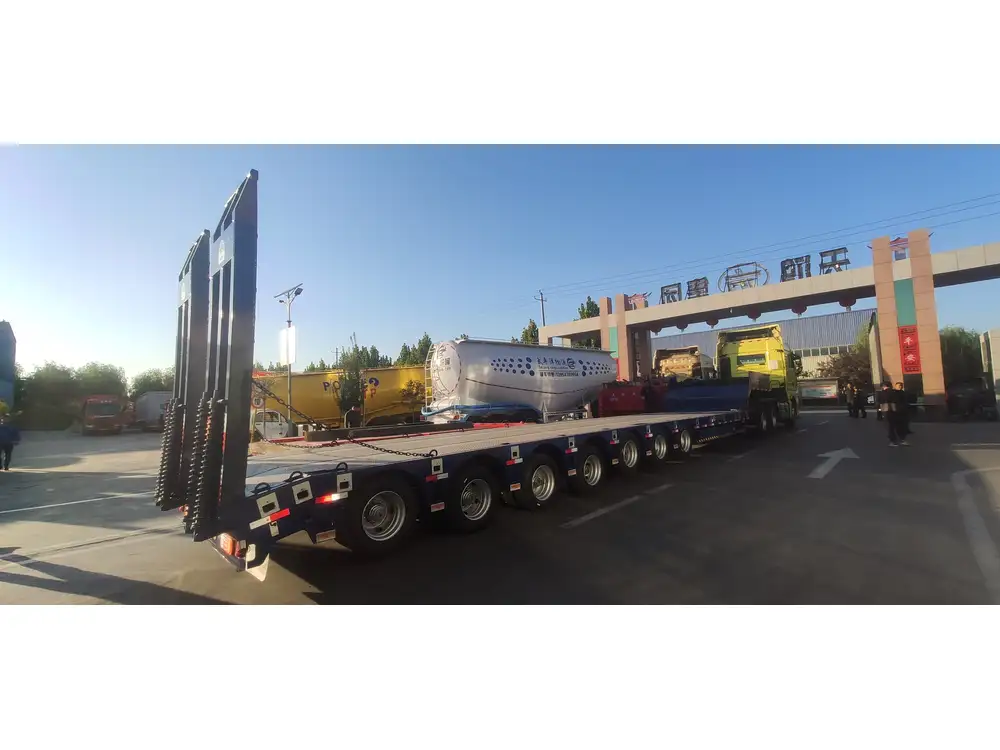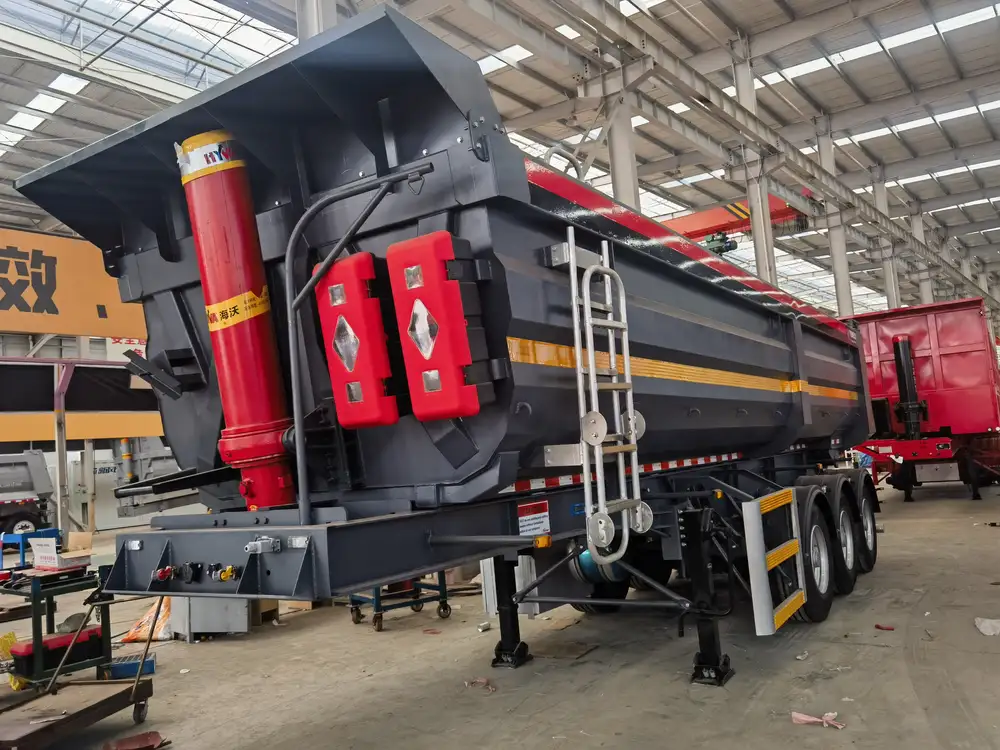Introduction to Trailer Air Bag Dump Valves
Trailer air bag dump valves play a crucial role in managing and controlling the air suspension system of semi-trailers. For manufacturers and fleet operators, understanding the installation process is essential for optimizing performance and ensuring the longevity of the air suspension system. This article provides a detailed guide on how to install a trailer air bag dump valve, catering both to experienced professionals and those new to the field.
Understanding Trailer Air Bag Systems
Before delving into the installation process, it is essential to grasp how air bag systems function. These systems utilize air-filled rubber bags that provide a cushioned ride, reduce road vibrations, and enhance weight distribution. The dump valve, a vital component of this system, facilitates the rapid expulsion of air from the air bags, allowing for swift lowering of the trailer. This is particularly useful for loading and unloading cargo, as it enables a more manageable height for dock access.

Components of Air Bag Systems
- Air Bags: Constructed from durable rubber, these bags provide cushioning.
- Compressor: Pumps air into the bags, adjusting the ride height based on load.
- Control Module: Regulates the suspension system, maintaining optimal performance.
- Dump Valve: Releases air from the bags, quickly lowering the trailer height.
Pre-Installation Considerations
Tools and Materials Needed
Before initiating the installation, gather the following tools and materials:
| Tools | Materials |
|---|---|
| Wrench set | Dump valve kit |
| Screwdriver set | High-pressure air tubing |
| Hose clamps | Electrical connectors (if applicable) |
| Teflon tape | Sockets |
| Safety goggles | Safety gloves |

Safety Precautions
- Always wear protective gear, including gloves and safety goggles.
- Ensure the trailer is on a level surface and securely chocked.
- Release all pressure from the air suspension system before beginning work.
Detailed Installation Steps
Step 1: Locate the Existing Air Bag System
Identify where the air bags are installed on your trailer. Typically, they are located between the chassis and the axle, and each axle will usually have its own independent air bag setup.

Step 2: Prepare the Area
Clear the installation area of any debris and ensure that you have ample space to work. This will help in executing the installation smoothly.
Step 3: Remove Old Dump Valve (if applicable)
- Disconnect the Air Supply: Locate the existing air supply line connected to the dump valve and detach it carefully.
- Remove the Old Valve: Using the appropriate wrench size, unscrew the old dump valve from its position.
Step 4: Install the New Dump Valve
Secure the New Valve: Align the new dump valve with the mounting holes. Ensure it is facing in the correct direction for optimal airflow.
Use Teflon Tape: Apply Teflon tape to the threads of the valve to prevent any air leaks.
Tighten Securely: Using a wrench, securely attach the new dump valve. Be cautious not to overtighten, which could damage the threads.

Step 5: Connect the Air Lines
Attach Air Supply Line: Connect the air supply line to the inlet of the dump valve.
Ensure a Tight Fit: Use hose clamps to secure the connections; this is vital for maintaining pressure within the system.
Step 6: Electrical Connections (if applicable)
For dump valves that require electrical activation:
- Identify the Electrical Leads: Locate the wiring harness connected to the dump valve.
- Connect Leads: Use the provided electrical connectors to attach the leads. Ensure that the connections are secure and properly insulated to prevent shorts.
Step 7: Test for Leaks
With everything installed, it’s crucial to check for leaks:
- Reapply Air Pressure: Slowly reintroduce air to the system.
- Inspect Connections: Check all connections for any signs of air escaping. A soapy water solution can help identify leaks—bubbles will form where air escapes.

Step 8: Test the Dump Valve Functionality
Activate the Dump Valve: Depending on your setup, either manually or with an electrical control, activate the dump valve.
Observe the Action: Watch as the trailer lowers. Ensure that the air bags deflate smoothly and completely as intended.
Step 9: Final Adjustments and Checks
- After successful testing, double-check all connections for tightness.
- Ensure that all tools are removed from the installation area.
- Take the trailer for a short test drive to assess the overall performance of the air suspension system.
Troubleshooting Common Issues
During installation or post-installation, several issues may arise. Recognizing and mitigating these problems early can save time and resources.

Problem 1: Air Leaks
- Symptoms: Continuous loss of air pressure.
- Solution: Revisit each connection point, tightening fittings and ensuring the integrity of the valve and air lines.
Problem 2: Inconsistent Height Adjustment
- Symptoms: One side of the trailer appears higher or lower than expected.
- Solution: Inspect the functionality of the dump valve and the air bags. Perform necessary calibrations on the control module, if applicable.
Problem 3: Electrical Malfunctions
- Symptoms: The dump valve does not activate.
- Solution: Check electrical connections for any loose wires. Ensure there are no blown fuses in the control module.

Conclusion
Understanding how to install a trailer air bag dump valve is essential for ensuring the efficient operation of air suspension systems. Following this guide will equip you with the necessary knowledge to perform the installation effectively while identifying potential pitfalls.
By maintaining regular checks and adhering to best practices, trailer operators can enhance performance, reduce wear and tear, and ultimately prolong the lifespan of their air suspension systems. The careful analysis and execution of the steps outlined in this guide will ensure reliability and peace of mind as you navigate the complexities of air suspension technology.
Harnessing the benefits of a well-installed dump valve can make all the difference in operations, offering unmatched versatility in managing load heights and enhancing operational efficiency on the road.



